The Future of Retail: How Ageing & Longevity Are Reshaping Wellness Spending
- Qui Joacin
- Mar 30
- 5 min read
Why Retailers Must Evolve to Support Ageing & Longevity Wellness Investments
Wellness is no longer about quick fixes or one-time purchases—it’s about long-term investments in health and vitality. As people redefine ageing, retailers must rethink how they show up in this space, offering not just products but holistic services and community-driven experiences that support consumers at every stage of life.
So, what does this shift mean for retail? WGSN dives into the key trends shaping the future of Ageing & Longevity retail strategy and explore how businesses can evolve to meet these growing demands.

Why Longevity Is the Next Big Opportunity in Retail
The global focus on wellness is undeniable. A staggering 87% of Chinese consumers, 82% of Americans, and 73% of UK shoppers rank wellness as a top priority in their daily lives (McKinsey). Worldwide, one in every 20 consumer dollars is spent on wellness-related products and services (Global Wellness Institute).
But wellness is no longer confined to gyms and vitamin aisles. Consumers now expect retailers to provide solutions that help them live longer, healthier lives—whether through personalised nutrition, recovery spaces, or even in-store health checkups.
Changing Views on Ageing
Forget outdated notions of getting older. A growing number of people are rejecting chrono-normativity—the idea that life should follow a set timeline of milestones. Instead, they’re embracing ageing as an experience, rather than something to be “fixed.”
This shift opens up massive opportunities for retailers to move longevity-focused products from aspirational to essential. Instead of exclusive wellness services reserved for high-income consumers, the future is about making long-term health accessible to everyone.
And the demand isn’t just from older generations. Millennials, now entering mid-life, are seeking health solutions tailored to their evolving needs, while Gen Z craves social wellness experiences that help combat loneliness.
Key Retail Strategies for Longevity & Wellness
1. Make Longevity Accessible & Affordable
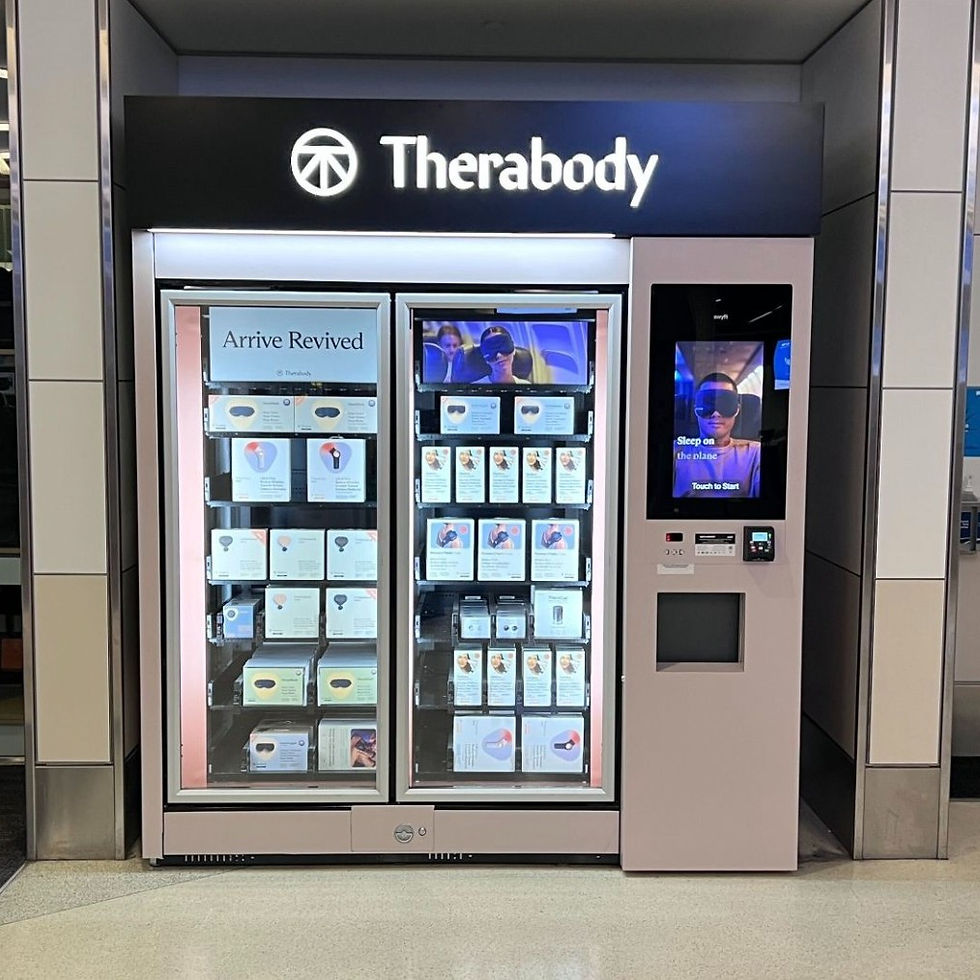
The future of longevity isn’t just about premium products—it’s about ensuring everyone can benefit. Retailers that offer accessible, budget-friendly wellness solutions will thrive.
How to Apply This Strategy:
Introduce subscription-based wellness models with affordable monthly plans.
Develop low-cost essentials for everyday preventative care, such as supplements, wearable health tech, and recovery tools.
Expand payment options like “buy now, pay later” for wellness services.
2. Support Millennials Through Mid-Life Wellness
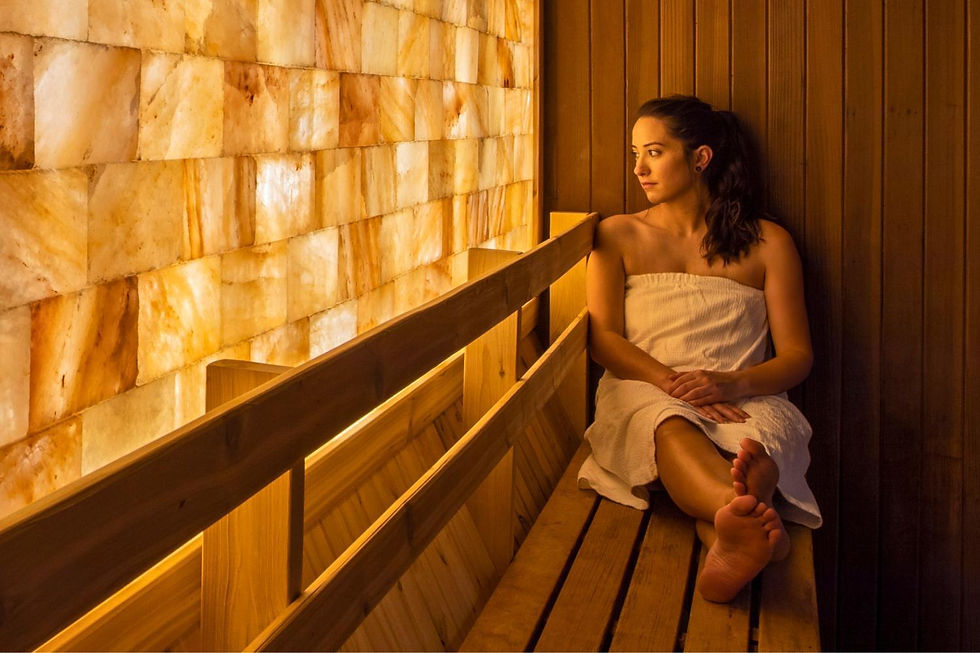
Millennials are now in their late 30s and 40s, meaning their health priorities are shifting. They’re looking for anti-stress solutions, hormonal balance support, and longevity-focused nutrition.
How to Apply This Strategy:
Create product bundles focused on stress management, gut health, and sleep.
Offer in-store or virtual wellness consultations tailored to mid-life needs.
Design hormone-friendly skincare, supplements, and fitness programs that cater to this generation’s evolving bodies.
3. Tap Into the Destination Wellness Boom
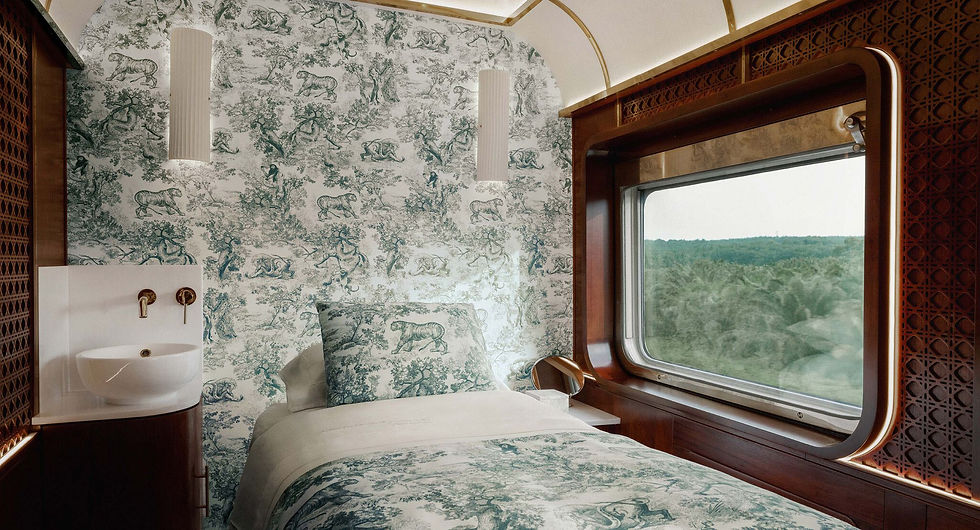
Wellness travel is on the rise, and retailers should expand beyond traditional stores to meet consumers where they relax and recharge.
How to Apply This Strategy:
Open pop-up shops in spas, resorts, and wellness retreats.
Collaborate with hospitality brands to create exclusive wellness kits for travelers.
Develop airport wellness experiences, such as relaxation lounges or hydration stations.
4. Integrate Wellness Into the Shopping Journey
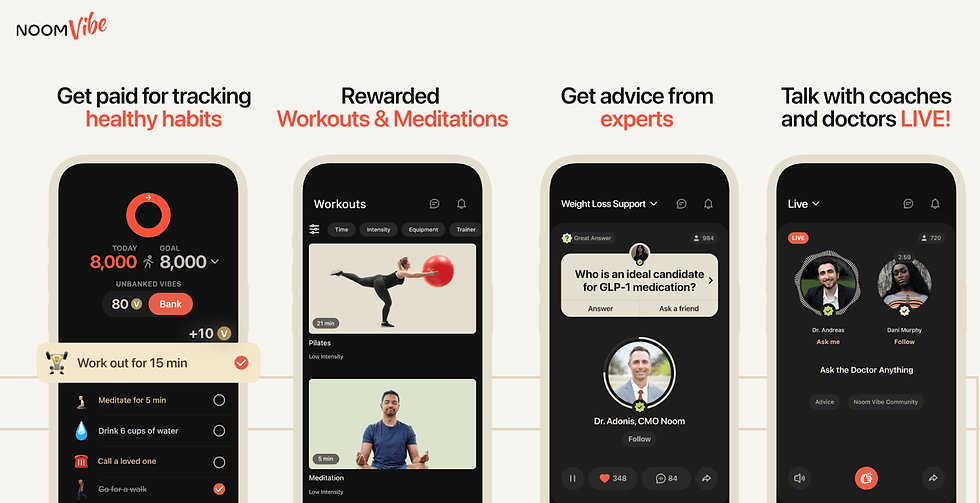
Consumers are looking for routine health check-ins, and retailers can provide them directly within stores.
How to Apply This Strategy:
Offer biometric health scans or mini wellness assessments at retail locations.
Develop membership models that include recurring wellness consultations.
Introduce “wellness hubs” with on-demand recovery tools like infrared saunas or oxygen bars.
5. Create Retail Spaces That Embrace the ‘Ageless Economy’
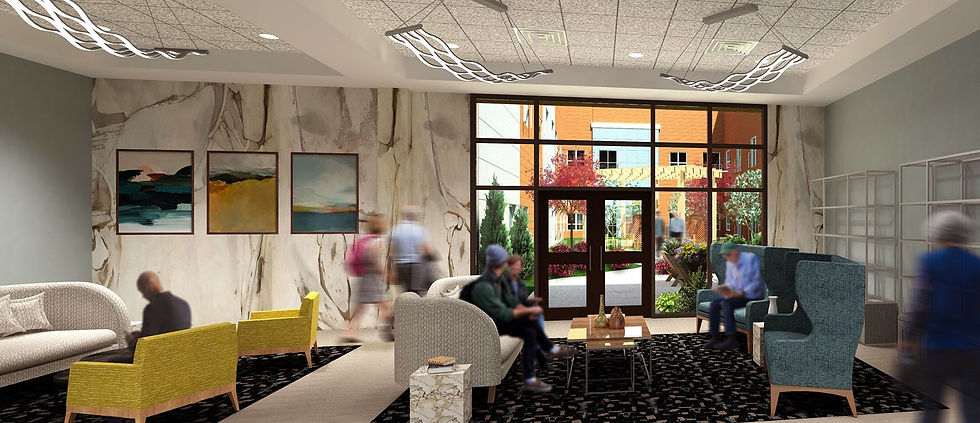
Older shoppers are often overlooked in mainstream retail spaces. Creating an inclusive, welcoming environment for all age groups is key.
How to Apply This Strategy:
Design multi-generational retail spaces with comfortable seating, natural lighting, and accessible layouts.
Host community events and workshops tailored to different age groups.
Offer personal shopping services that cater to varying mobility needs.
6. Capitalise on Companion Products for Weight-Loss Medications

With the rise of GLP-1 weight-loss medications (like Ozempic), there’s a growing need for nutritional and beauty products that help counteract their side effects.
How to Apply This Strategy:
Develop protein-rich snacks and meal plans tailored for GLP-1 users.
Offer skin and hair health products that address common medication-related deficiencies.
Educate consumers with wellness guides on maintaining muscle mass and hydration.
7. Make Wellness Social for Gen Z

Gen Z values community-driven wellness experiences, particularly as loneliness among young people reaches crisis levels.
How to Apply This Strategy:
Create social wellness hubs within retail spaces, featuring group fitness classes or meditation corners.
Design interactive shopping experiences that encourage peer engagement and shared wellness goals.
Offer exclusive Gen Z-focused wellness events, such as skincare workshops or mental health panels.
Final Thoughts: The Future of Longevity in Retail
Longevity and wellness are no longer niche markets—they’re becoming core pillars of consumer spending. The most successful retailers will be those who evolve beyond transactional sales and instead offer holistic, long-term wellness solutions.
From making health more affordable and accessible to tapping into the wellness travel boom, the future of retail is about meeting consumers where they are—physically, mentally, and emotionally.
Which longevity trend are you most excited to see in retail? Let’s chat in the comments!
.png)
留言